Understanding Your Newborn’s Hair: What to Expect in the First Year
At “momandnewborn.com,” new parents are often curious about their baby’s hair growth.
While some newborns are born with a full head of hair, others may have only a few wisps or be bald.
Over the first year, most babies will experience some hair growth, and the texture, thickness, and color of their hair may change. Hair loss at around three months is expected, followed by new hair growth in the coming months.
By the end of the first year, most babies will have a full head of hair, but it may be thinner than what they will have later.
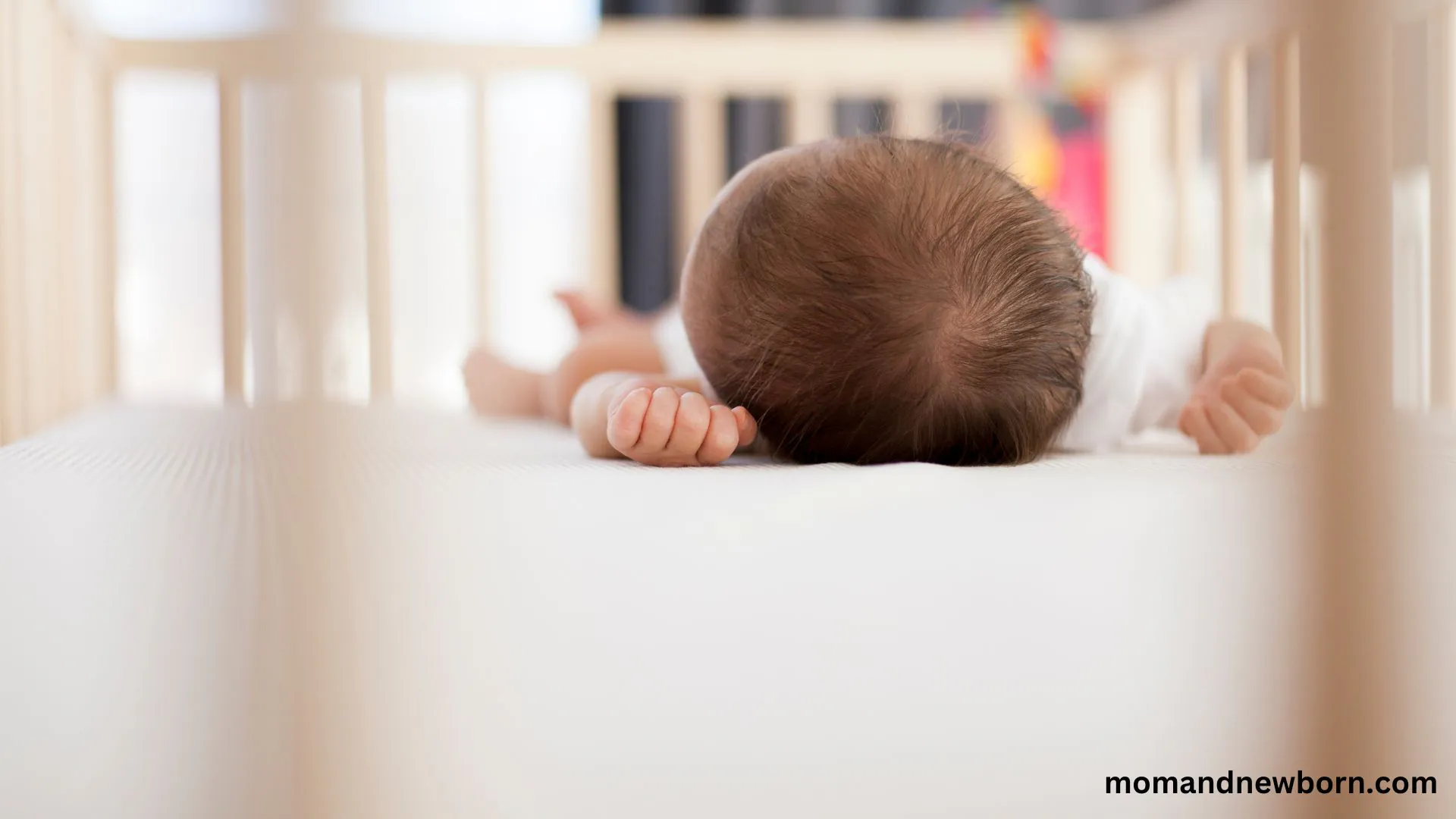
How long do babies keep their newborn hair?
Newborn babies often have fine, soft hair called lanugo that covers their bodies. This hair is usually shed within the first few weeks of life. However, some babies may also have a fine layer of hair on their scalp called “vellus hair,” which can take several months to fall out and be replaced by the coarser, thicker hair that will grow later.
This process varies from baby to baby, and there is no set timeline for when a baby’s vellus hair will fall out. Most babies have their newborn hair replaced with thicker, fuller hair by the time they are six months to a year old.
Do a newborn’s hair change?
Yes, a newborn’s hair can change in color, texture, and thickness as they grow. Many babies are born with fine, downy hair called lanugo that they shed within the first few weeks of life. This hair is typically replaced by vellus, finer and softer hair covering the baby’s scalp until permanent hair grows.
The texture and thickness of a baby’s hair may also change during the first few months of life, and their hair color may also lighten or darken over time. The hair that grows after the initial shedding phase is usually coarser and thicker than the baby’s previous hair.
It’s important to note that every baby is unique, and hair changes can vary from baby to baby.
What age does babies’ natural hair texture come in?
Babies are typically born with fine, downy hair called lanugo, which they shed within the first few weeks of life. This is usually replaced by vellus hair, finer and softer hair covering the baby’s scalp until their permanent hair grows.
The texture and thickness of a baby’s hair may change during the first few months of life, and their hair may also grow at different rates in different areas of their scalp. A baby’s standard hair growth rate is about half an inch per month.
Generally, a baby’s permanent hair texture and thickness can become more apparent between 6 and 12 months. However, it’s important to note that every baby is unique, and hair growth can vary from baby to baby. Some babies may have more noticeable hair earlier, while others may take longer to develop their permanent hair texture.
How often do newborns lose their hair?
Newborns can experience hair loss within the first few months of life. Hair loss peaks at around three months old and is typically a natural part of a newborn’s development.
The shedding phase in newborns is generally considered normal, and hair loss can vary from baby to baby. It’s important to note that hair loss in newborns is usually temporary, and their hair will naturally grow back. A baby’s standard hair growth rate is about half an inch per month.
It’s worth mentioning that hair loss in newborns is not usually caused by shampoos or other products. In most cases, it is simply a natural part of their development.
Do babies get their hair from mom or dad?
The genetics of hair growth is a complex process influenced by many genes, and it’s impossible to predict with certainty which parent a baby will inherit their hair traits from. Both the mother and father can contribute to the baby’s hair characteristics, and the baby’s hair may be a combination of features from both parents.
Genetic factors influencing a baby’s hair include its color, texture, and thickness. For example, a baby with two parents with curly hair may also be more likely to have curly hair. Hair color is also influenced by genetics, but it can be more complex. For example, a baby may inherit one parent’s hair color or a mix of both parents’ hair colors, and the baby’s hair color may change as they grow older.
It’s important to remember that genetics is just one factor that can influence a baby’s hair growth, and other factors can also affect hair growth, such as nutrition and overall health.
Why are some newborns bald?
Some newborns may appear bald or have very little hair at birth. There are a few reasons why this can happen:
- Genetics: The amount of hair a baby has at birth is primarily determined by genetics. If both parents have fine or thin hair, their baby is likelier to have little hair at birth.
- Premature birth: Babies born prematurely may have less hair at birth compared to full-term babies.
- Hormones: Hormonal changes in the mother during pregnancy can affect the baby’s hair growth. For example, if the mother has high levels of male hormones (androgens), it can result in a baby being born with less hair.
- Nutritional deficiencies: In some cases, a baby’s lack of hair may be related to dietary deficiencies in the mother during pregnancy.
- Normal variation: It’s important to remember that every baby is unique, and some babies may have less hair at birth for no particular reason.
In most cases, a lack of hair at birth is nothing to worry about, and a baby’s hair will typically grow naturally over time.
Summary:
- Newborns are born with varying amounts of hair.
- It’s normal for many newborns to lose their baby hair during the first 6 months of life.
- Hair loss typically peaks at around 3 months; mothers may also experience some hair loss during this time.
- The baby’s lost hair is then replaced by permanent hair, which usually grows between 6 and 12 months of age.
- It’s important to note that hair loss in newborns is always average and not caused by shampoos or other external factors. (1)
You may also be interested:
- Clean And Calm: A Guide To Bathing Your Baby Safely And Comfortably
-
Taking Care Of Your Newborn’s Nails: Tips For Trimming And Cleaning
- Keeping Your Newborn Healthy: Debunking The Ceiling Fan Myth
- Creative Posing Tips For Stunning Newborn Photography!
What week do babies start getting hair?
Hair growth in developing fetuses starts early in the pregnancy, around 14 weeks. At this stage, the fetus creates fine hair called lanugo, which covers its body and scalp. Lanugo hair is usually shed and replaced with vellus hair, a softer, finer hair covering the baby’s scalp until their permanent hair grows.
How can you tell if your baby will have curly hair?
Predicting whether a baby will have curly hair can be tricky, as the genetics of hair growth is a complex process influenced by many genes. However, some factors can indicate a baby is more likely to have curly hair:
- Family history: Curly hair is often an inherited trait. If both parents have curly hair or an account of curly hair in the family, there’s a greater chance the baby will have curly hair.
- Ethnicity: Some ethnicities are more likely to have curly hair than others. For example, African, Mediterranean, and Latin American people are more likely to have curly hair.
- Prenatal ultrasound: While it’s not always accurate, some studies have suggested that the shape of a baby’s hair follicles visible on a prenatal ultrasound may predict curly hair.
Ultimately, the only way to know whether a baby will have curly hair is to wait and see as their hair develops over time.
Can a baby’s hair change from straight to curly?
A baby’s hair can change from straight to curly or vice versa as they grow, and its texture can evolve. Hair growth is influenced by a complex combination of genetic, environmental, and hormonal factors, and these factors can all contribute to changes in hair texture and curl patterns over time.
For example, a baby might be born with straight hair, and then as their hair grows and they get older, it may become curly or wavy. This is because the follicles that produce the hair can change over time, resulting in a change in texture.
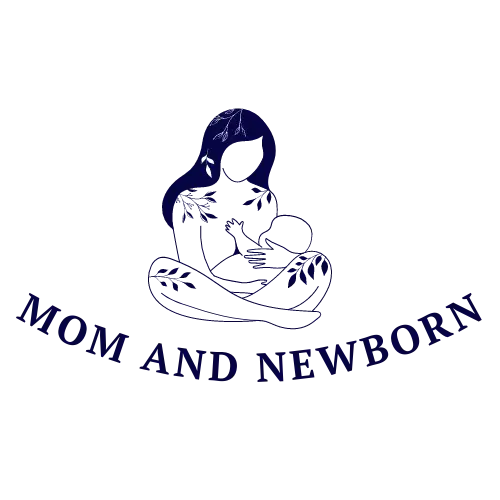

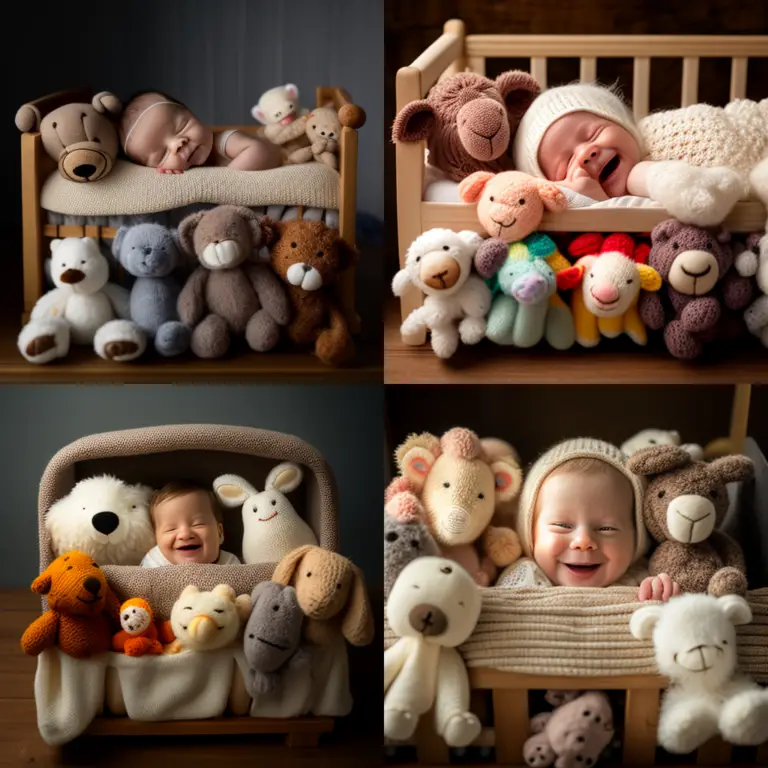



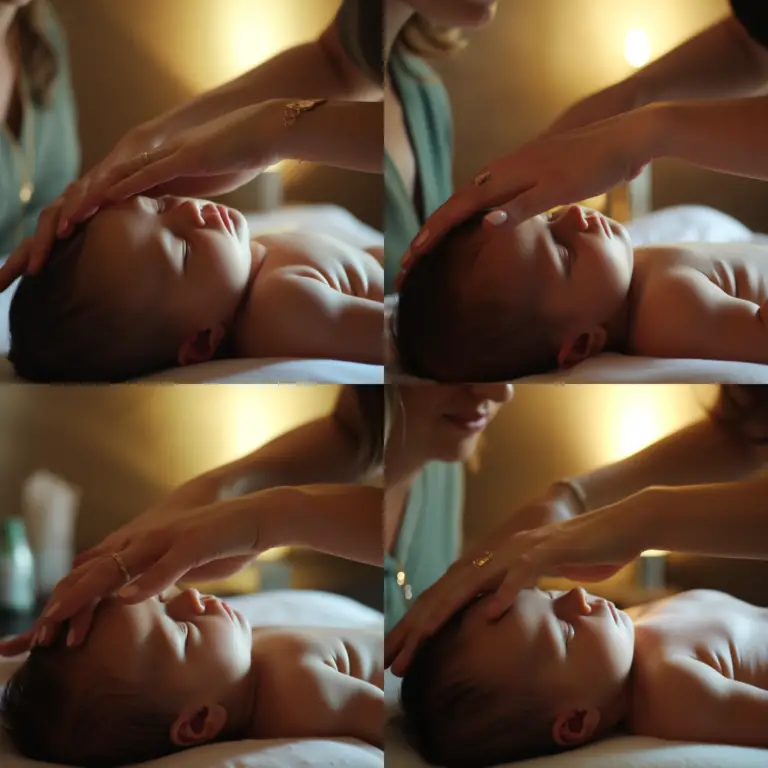
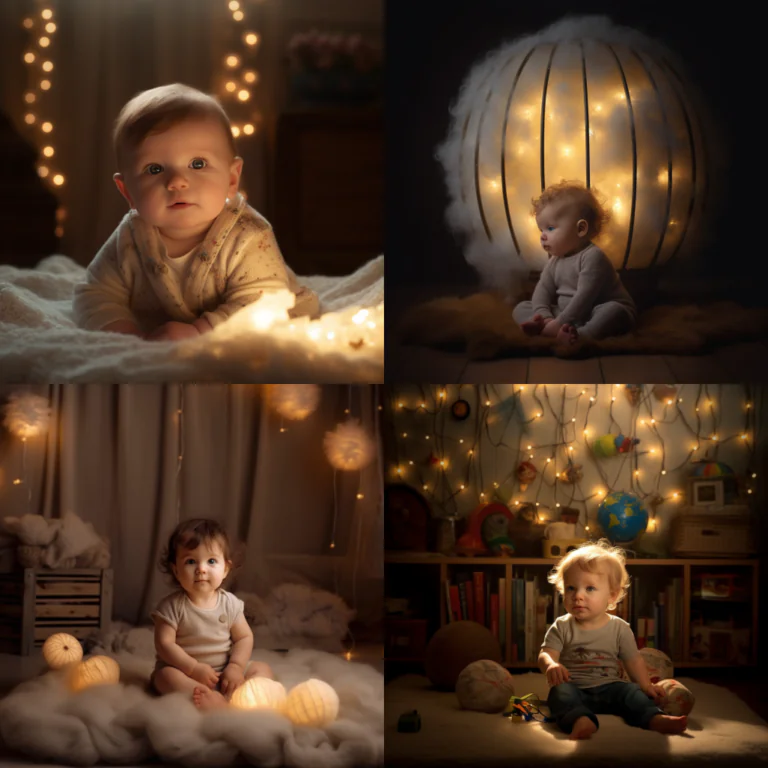
We can’t wait for our baby to be born 🙂